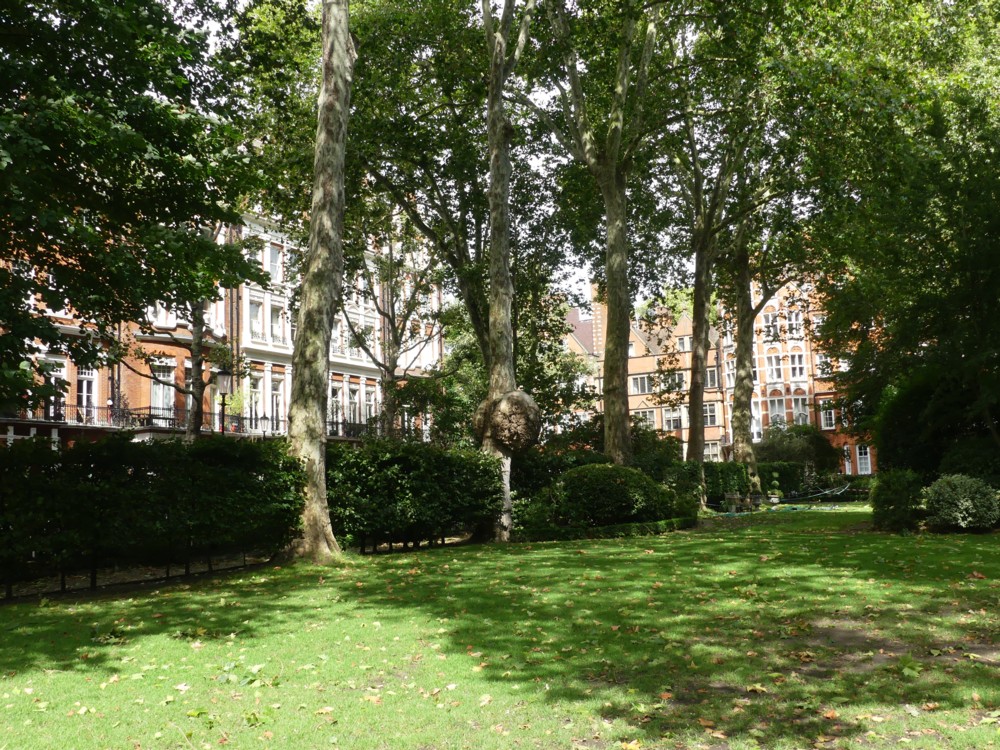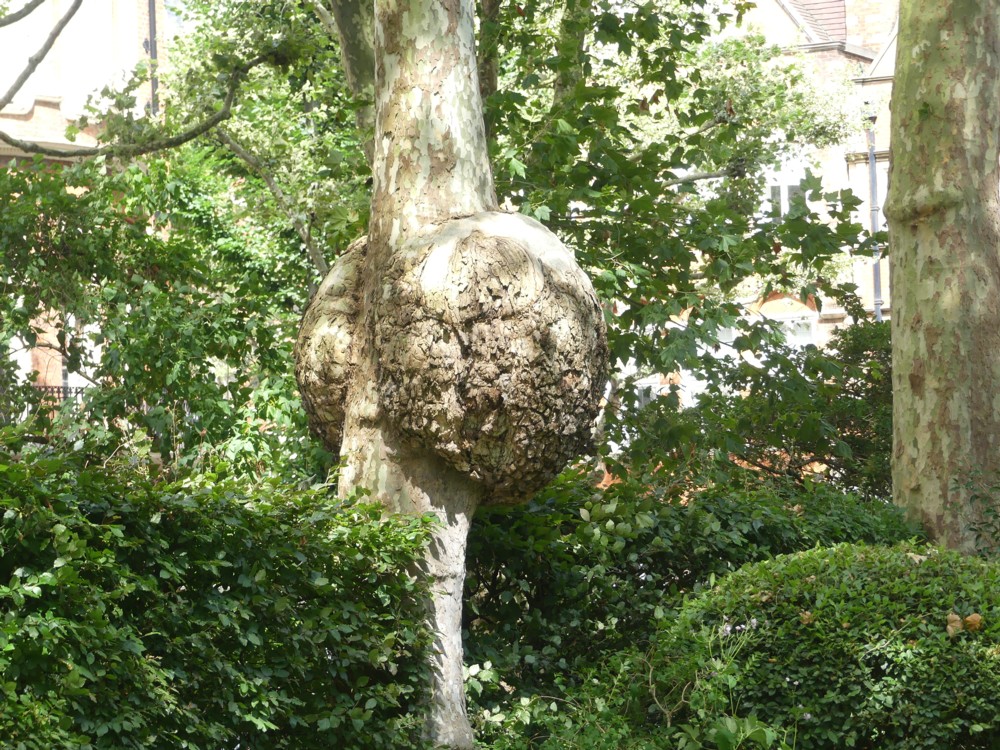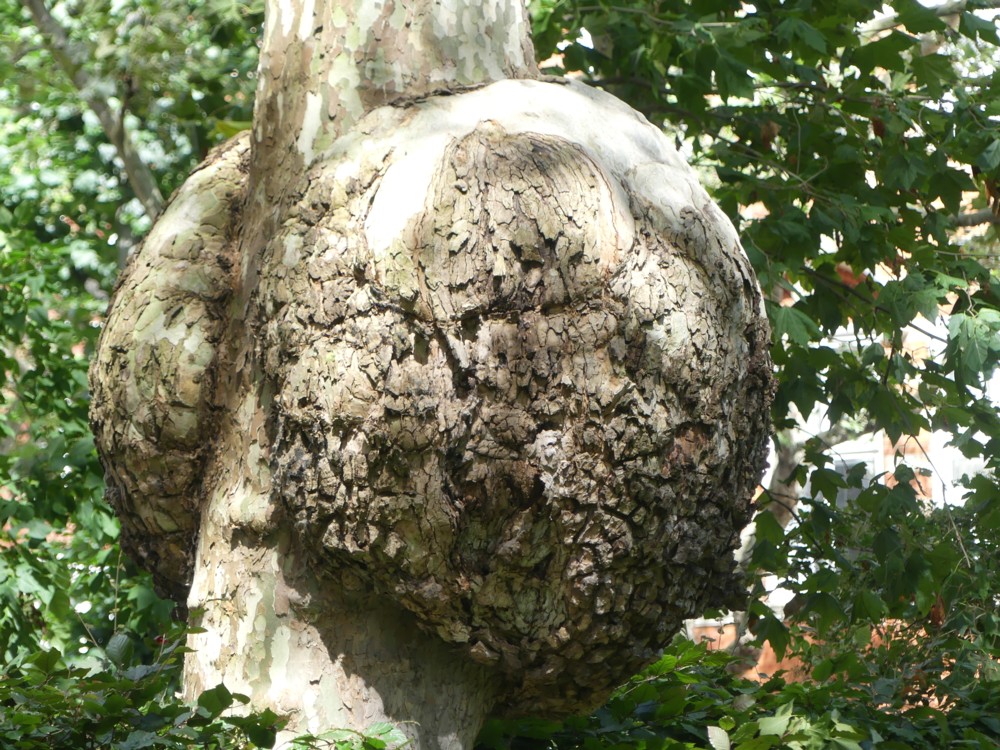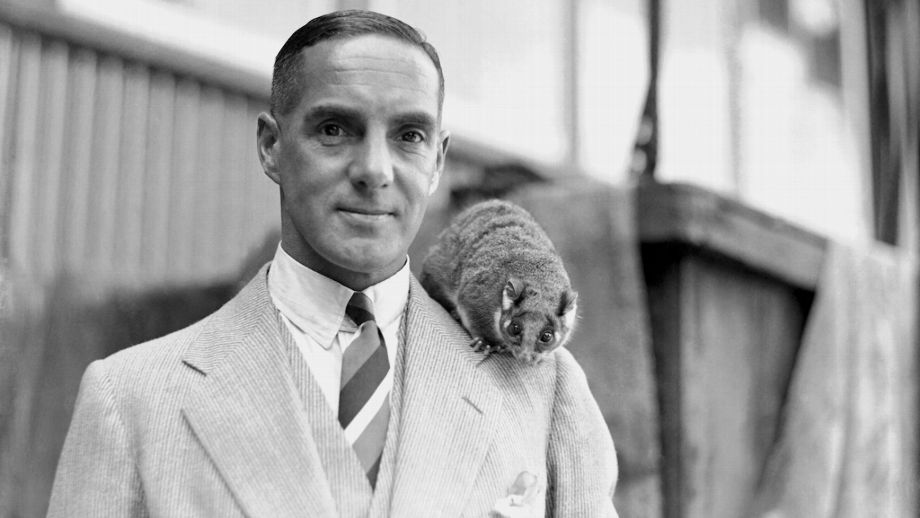This from the American Spectator seems to me to be saying something rather true:
It is easy to be cynical. We might dismiss these photos as brazen self-promotion or a symptom of millennial self-absorption. Headlines like “Instagram Food Is a Sad, Sparkly Lie” and “Instagramming Millennials Are Burying the World in Food Waste” capture the standard sentiment. Slurs such as “foodgasm” and “food porn” often taint these photos with the suggestion of lechery. Perhaps, though, a more sincere explanation is possible. As odd as it sounds, I do not see pornography in these images. I find prayer.
I believe these pictures are a new incarnation of an ancient instinct: the ritual of tableside grace. Derived from the Latin gratia for “thanks,” grace is a specific type of prayer given before or after a meal to express gratitude and to invoke a blessing. It is an exercise in devoting reverential attention to life’s bounty, and through this enriched attention, achieving an expanded sense of belonging. “It becomes believers not to take food … before interposing a prayer,” Tertullian wrote in the third century, “for the refreshments and nourishments of the spirit are to be held prior to those of the flesh, and things heavenly prior to things earthly.” Grace is more than gratitude — it is gratitude ascendant, aimed above the earthly appetite toward a higher vocation. The Catholic Catechism defines prayer as “the raising of one’s mind and heart to God.” Thus grace gives our gratitude wings that lift the mind from the necessities of the flesh toward the nourishments of the spirit. For many people, photographing their entrées fills the same social role as grace: a ritual of aspirational attention that elevates bodily sustenance into spiritual refreshment through the simple power of a genuine “thank you.”
I often find myself describing my fellow digital photoers as “worshippers”. They see something which seems to them meaningful and express that feeling by photoing whatever it is. I do this myself of course, constantly.
On the other hand, this piece also helped me to understand the widespread annoyance at the way food photoing is such a big part of social-media-ing. Saying grace is fine. But it’s a shared moment for those present (God included, if you think He’s the one to be thanking), and then you get stuck in. Do you record this expression of gratitude and then expect your friends to listen to it? No.
But on the other hand, two of the things that twenty-first-centurions now have to learn are: not to pay attention to everything that your friends put out there; and: not to expect your friends to pay attention to everything that you put out there. If a friend posts lots of food photos and you think it’s too much, just pay less attention.
Also, this:
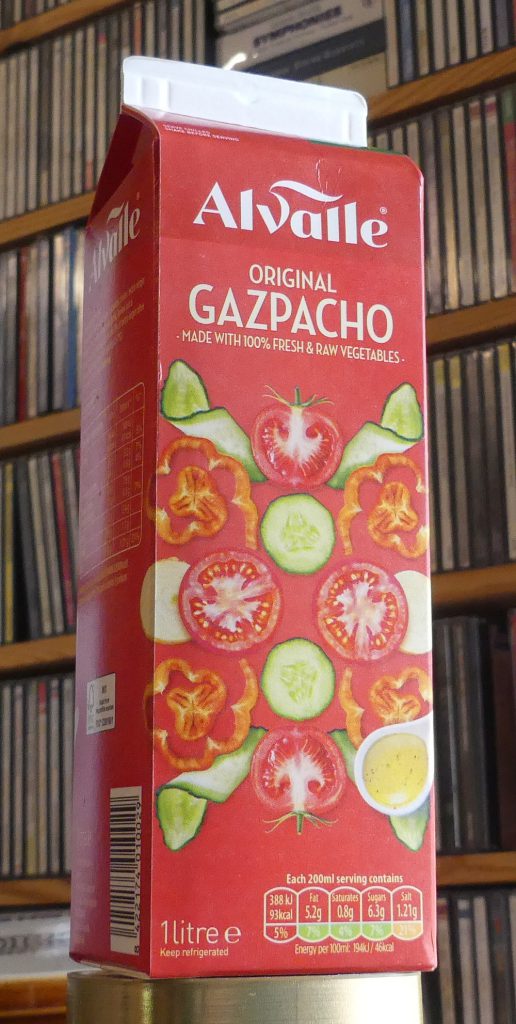
More about this wondrous concoction here.
And while I’m on the subject of food photoing, take (or not (it’s entirely up to you (if we are friends, our friendship will not be affected))) another look at what I think is one of my best-yet food photos, here.






